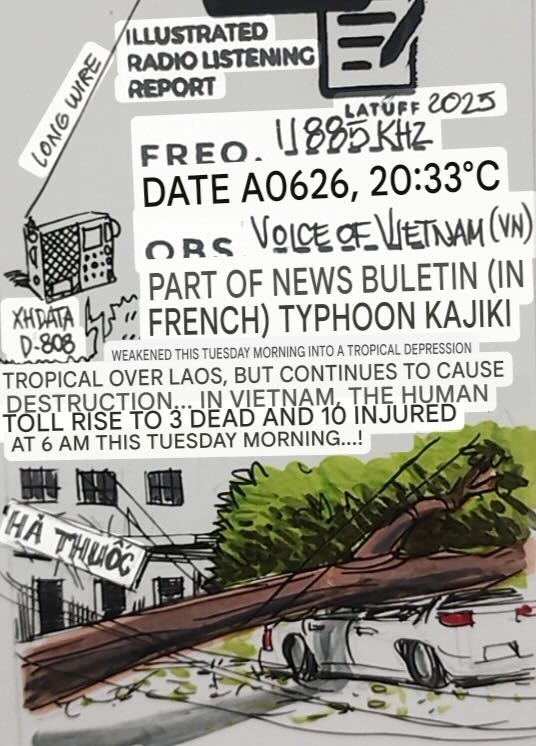 Many thanks to SWLing Post contributors David Iurescia and Richard Cuff for sharing the following article from the Voice of Nigeria which reports that the Nigerian government has officially begun restoring shortwave transmission for the Voice of Nigeria (VON).
Many thanks to SWLing Post contributors David Iurescia and Richard Cuff for sharing the following article from the Voice of Nigeria which reports that the Nigerian government has officially begun restoring shortwave transmission for the Voice of Nigeria (VON).
The project focuses on bringing the 250 kW TX2 transmitter at the Lugbe station in Abuja back online after years of inactivity. Officials highlighted that this effort will strengthen Nigeria’s international broadcasting presence and amplify the country’s voice throughout Africa and beyond. The restoration underscores the government’s recognition of shortwave as an enduringly important platform in today’s evolving media landscape.














